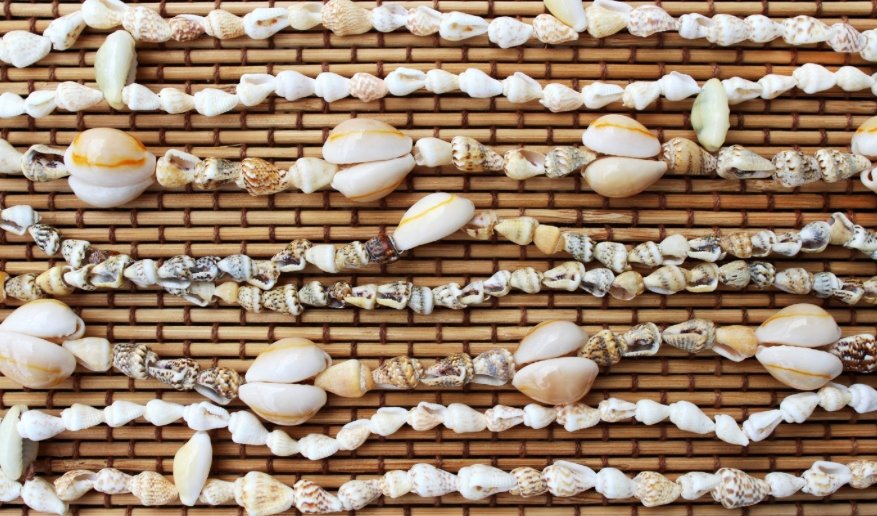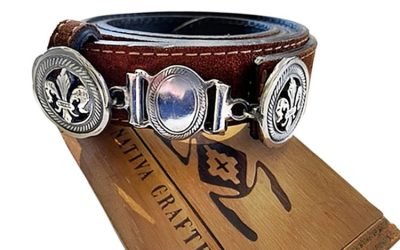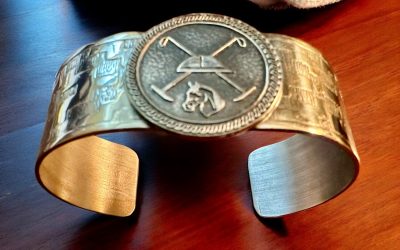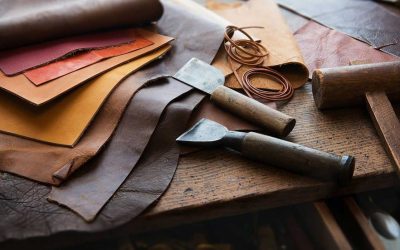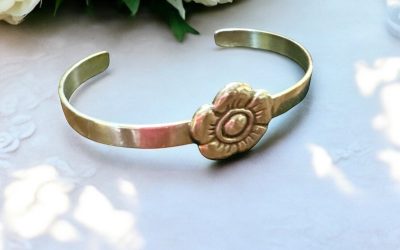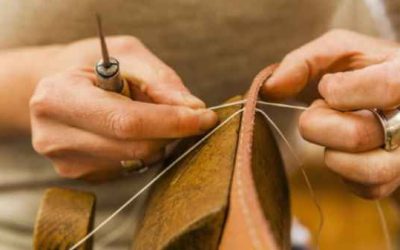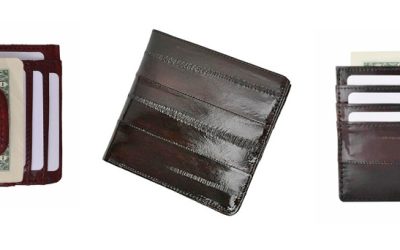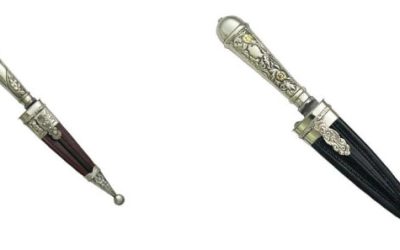Necklaces have been around for centuries, and their popularity has only grown in recent decades. They are now a staple in the fashion world, and can be seen on people of all ages, from all walks of life. But how did necklaces become so popular? What is their history? This article will explore the origins and evolution of necklaces, from prehistoric times to the present day.
THE EARLY HISTORY OF NECKLACES
Necklaces have a long history, stretching back to the Stone Age when pieces of jewelry were made from stone, bone, and shells. During this time, necklaces also served a practical purpose as they were used to ward off evil spirits. As civilization progressed, so did the materials used in the necklace making. Precious metals and gems were introduced, allowing for greater beauty and craftsmanship.
Furthermore, during the early stages of civilization, necklaces were often used as a way to denote social status. They were a sign of wealth and power and were worn by royalty to demonstrate their importance. While necklaces were not widely available to the general public during this time, they did become more accessible in later centuries.
PREHISTORIC NECKWEAR
In prehistoric times, necklaces were made from natural materials such as bone, stone, and shells. These primitive pieces served an important purpose in prehistoric society, as they were believed to ward off evil spirits. They also served a practical purpose, providing protection from the elements and helping people identify members of their tribe.
From these humble beginnings, necklaces evolved over time to become more ornate and intricately designed. During the Stone and Bronze Ages, necklaces were made from metals such as copper, bronze, and gold. The craftsmanship of these pieces was intricate, with the use of precious stones to add beauty and color.
ANCIENT CIVILIZATIONS
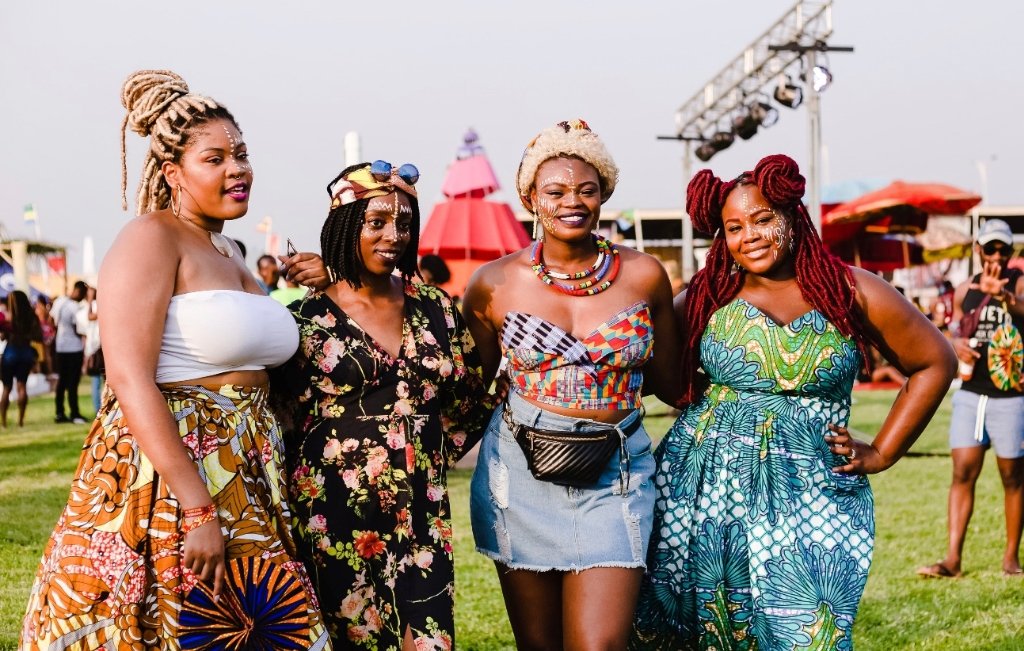
As civilizations progressed, so did their jewelry-making techniques. Necklaces made from precious metals and gems began to appear during this time. Ancient Egyptians were the first to create elaborate necklaces with intricate designs, often depicting gods and goddesses.
The use of bright colors and fine materials made these pieces sought after by royals and wealthy citizens alike. Moreover, in ancient Greece and Rome necklaces were used to denote status and wealth as well. The more intricate the design, the more valuable the necklace was thought to be.
FIFTEENTH – NINETEENTH CENTURIES
In the fifteenth century, necklaces began to take on a more modern form. During this era, necklaces featured beads and enameled charms that depicted various symbols, such as religious icons or family crests. The rich colors of these pieces made them popular among the upper class and royalty.
By the nineteenth century, necklaces had become a fashion staple and were worn by both men and women. The Industrial Revolution enabled mass production of jewelry, making it more affordable and accessible to the general public. Consequently, people could now purchase fashionable pieces without having to break the bank.
TIMELINE OF NON-CLASSICAL EUROPEAN NECKLACES
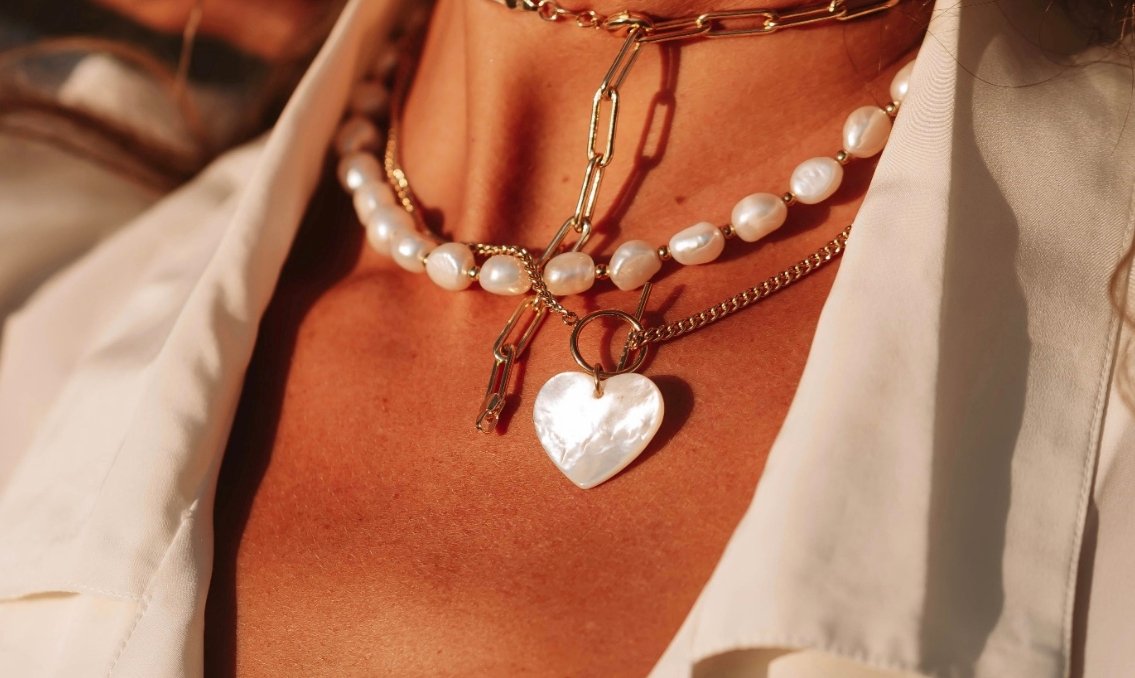
As civilizations grew, so did their jewelry-making techniques. In non-classical Europe, necklaces began to take on a more whimsical design as glass beads and pendants became popular materials for creating necklaces. During the Middle Ages, necklaces often featured religious symbolism and served as a way to show devotion to one’s faith.
In the Renaissance period, necklaces saw a surge in popularity as they became more ornate and decorative. Pendants featuring cherubs and other symbols of love were popular during this era. The Baroque style also grew in popularity, featuring intricate designs and bold colors.
NECKLACES IN ASIAN AND AFRICAN CULTURES
In Asian and African cultures, necklaces have also been a part of their history for centuries. The Chinese Chaozhu necklace was popular among the upper classes for its elaborate design and symbolism. It was believed to bring longevity and good luck.
In Africa, necklaces with charms and pendants have been a part of their culture for centuries. These necklaces often featured symbols of animals or gods, each with its own special meaning.
MATERIALS USED FOR NECKLACES
As times have changed, so have the materials used to make necklaces. Precious metals such as gold, silver, and platinum are still the most popular materials used in jewelry today. However, more affordable options such as stainless steel and titanium have become popular in recent years.
Additionally, semi-precious stones such as quartz and amethyst are often used to add a pop of color. Plastics such as acrylics and resins are also popular for those looking for an affordable alternative to metals.
THE MODERN NECKLACE
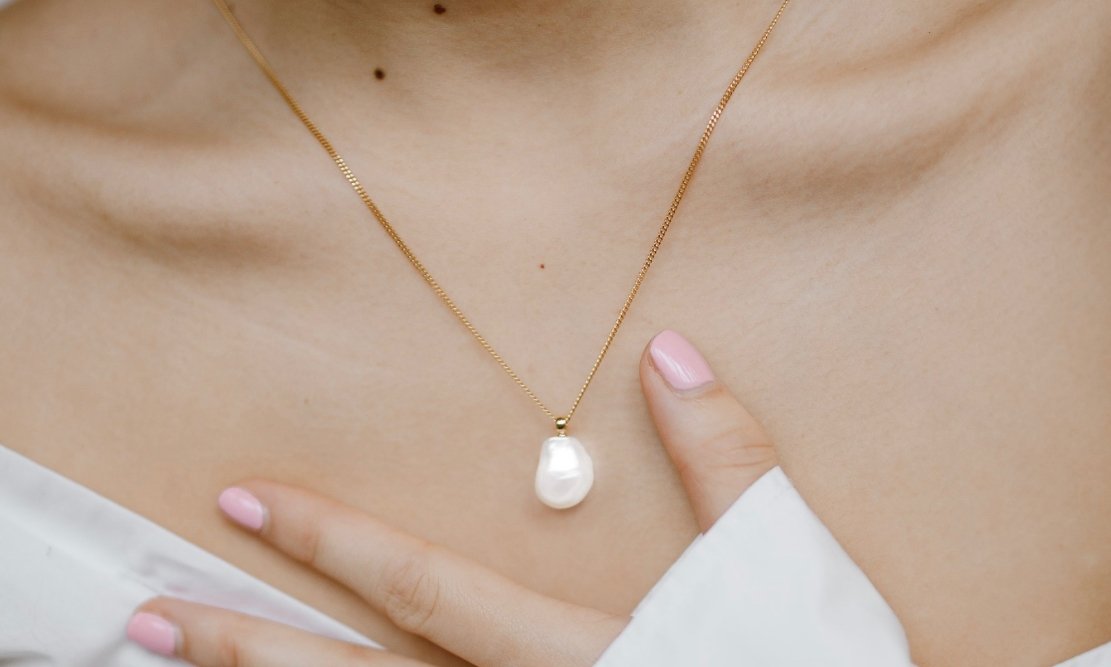
Today, necklaces have become a staple in the fashion world. They are seen as a way to express individual style and can be found in all shapes, sizes, and materials. From simple gold chains to elaborate statement pieces, necklaces continue to be a popular accessory among men and women alike.
In addition to their use as a fashion statement, necklaces can also be used to commemorate special occasions such as weddings and anniversaries. Special pendants can be added to commemorate the event or represent a meaningful message.
No matter the era, necklaces have always been seen as a way to express individual style and tell one’s own story. As such, they will surely continue to be part of our history for years to come!
FINAL THOUGHTS
Necklaces have been a part of our lives for centuries, adorning us and telling stories. Throughout history, they have come in many shapes and sizes, made from different materials and symbols. From ancient civilizations to modern times, necklaces continue to be popular accessories that are used to show off individual styles and commemorate important occasions. No matter the type of necklace, it is sure to make an impact!
Are You Looking for a Special Necklace? At Pieces of Argentina, we specialize in unique men’s and women’s necklaces from South America. Our collection includes a variety of styles ranging from classic to modern. Whether you are looking for a statement piece or something more subtle, we have the perfect option for you! Shop our selection today and discover your next go-to necklace!
The Perfect Pair: Leather and Sterling Silver Accessories in Argentine Style
Argentina is a land of rich traditions, where craftsmanship and culture intertwine to create...
5 Unique Leather Accessories Styling Tips for Your Everyday Life
Leather accessories have long been a staple in the world of fashion, prized for their timeless...
The History of the Cuff Bracelet: From Ancient Origins to Modern Elegance
The cuff bracelet is much more than just a fashionable accessory; it is a timeless piece...
Understanding Leather Grades: Why Argentine Leather Tops the List
Leather has been a cornerstone of human craftsmanship for centuries, valued for its durability,...
How to Put on an Open Cuff Bracelet: A Step-by-Step Guide
Open cuff bracelets are elegant and versatile accessories, but knowing the proper way to put one...
The Art of Soguería Criolla: A Cultural Tradition
Soguería criolla, or traditional Argentine leather braiding, is a centuries-old craft deeply...
From Tarnished to Stunning: Easily Clean Your 925 Silver Jewelry: STERLING SILVER CLEANING CLOTH
Keeping your 925 silver jewelry shining and free of tarnish is simple with a special silver...
Discover the Craftsmanship of Argentine Leather Bags for Men
Argentina has long been recognized for its rich heritage in leather craftsmanship, producing some...
Discover the Elegance of Men’s Eel Skin Wallets
When it comes to men’s accessories, few items strike the perfect balance between sophistication...
The Mastery of Picasso Knives: Hand-Chiseled Perfection
In the realm of fine cutlery, few names evoke the same sense of craftsmanship and artistry as...

